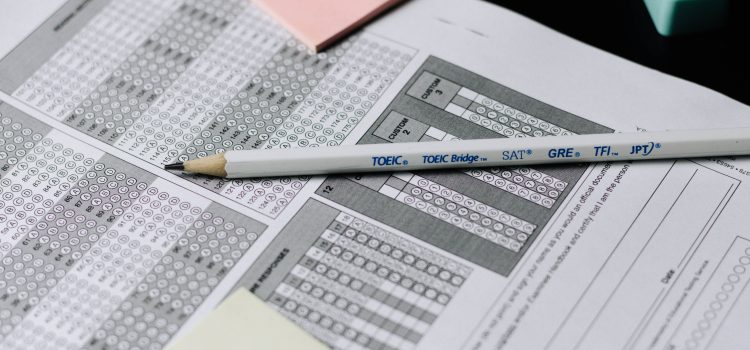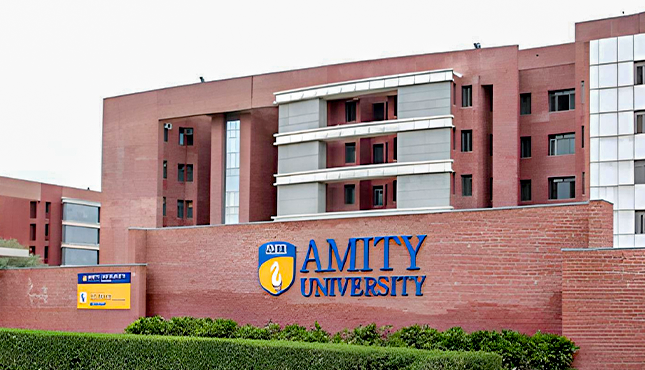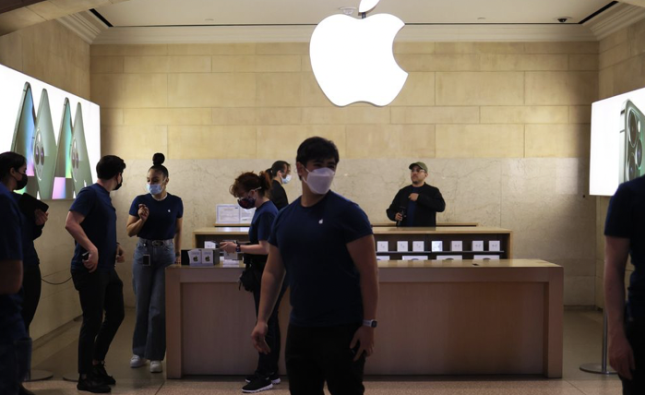
Have you ever heard of the credit hour system? It’s a common method used in universities to measure student progress and determine their academic standing. However, this traditional approach has been under fire in recent years due to concerns about its effectiveness and fairness. One major issue is cheating, which has become more prevalent than ever before. Some people believe that abolishing the credit hour could solve this problem, but is it really that simple? In this blog post, we’ll explore the flaws of the credit hour system and why getting rid of it won’t necessarily fix everything. So sit back, relax, and let’s dive into this controversial topic together!
What is the credit hour?
The credit hour is a unit of academic measurement that determines the amount of time a student spends in class. In general, one credit hour equals 50 minutes of classroom instruction per week for an entire semester. This system has been widely used in American universities for over a century as it offers a standardized way to measure student progress across different courses and programs.
However, many critics argue that the credit hour system is outdated and doesn’t accurately reflect how much students are actually learning. For instance, two courses with the same number of credit hours may vary significantly in terms of workload and difficulty level. Furthermore, this system fails to take into account other types of learning experiences such as internships or research projects that can be just as valuable.
Despite these flaws, the credit hour remains deeply ingrained in higher education institutions because it provides structure and consistency across various departments, making it easier for administrators to manage resources effectively. However, there’s growing interest among educators and policymakers to explore alternative methods that would better serve today’s diverse student population while still maintaining academic rigor.
The problems with the credit hour system
One of the main problems with the credit hour system is that it doesn’t accurately measure student learning or mastery of a subject. Instead, it measures time spent in a classroom or studying outside of class. This means that students who are able to memorize information and regurgitate it on exams may receive high grades without truly understanding the material.
Another issue with the credit hour system is that it can limit students’ opportunities for exploration and experimentation in their studies. Students may be hesitant to take courses outside of their major or intended career path if they believe it will take away from time dedicated to fulfilling credit requirements. This can lead to less well-rounded graduates who lack diverse skills and knowledge.
Additionally, the credit hour system places significant pressure on both students and instructors to conform to rigid schedules and timelines. For example, professors may feel obligated to rush through course material in order to meet set deadlines rather than taking more time to ensure full comprehension by all students.
While the credit hour system has its benefits, these problems highlight its limitations as an accurate measure of student learning and success.
Cheating in the credit hour system
Cheating has become a widespread issue in the credit hour system. With students feeling immense pressure to maintain high grades, they often resort to cheating as a means of achieving their desired outcomes. The traditional method of assessing student performance based on exams or assignments leaves room for dishonest behavior.
One common form of cheating is plagiarism, where students copy information from various sources without giving proper attribution. Cheating can also occur during group projects, with some members not contributing equally but still receiving the same grade. Additionally, some students may use unauthorized materials such as notes or textbooks during exams.
The prevalence of online learning due to the pandemic has made it even easier for students to cheat by sharing answers or using external resources while taking an exam. While there are measures in place to prevent cheating such as proctored exams and plagiarism checkers, they do not completely eliminate the problem.
Cheating undermines the integrity and value of education and puts honest students at a disadvantage. It robs them of opportunities to learn and demonstrate their abilities fairly. In order for education systems to address this problem effectively, they must adopt alternative methods that discourage cheating while promoting academic honesty and integrity among all learners.
Abolishing the credit hour
Abolishing the credit hour system in higher education has been a popular topic of discussion lately. The idea behind abolishing this system is to shift towards a more competency-based approach where students are evaluated based on their actual skills and knowledge, rather than just the number of hours they have spent in class.
However, there are several challenges associated with implementing such a drastic change. For starters, it would require significant resources and effort from both educators and administrators to develop new evaluation methods that accurately measure student competencies.
Moreover, abolishing the credit hour might also lead to unintended consequences such as grade inflation or devaluing certain degrees or programs. Additionally, without standardized credit hours across institutions, transferring credits between schools may become even more difficult for students.
While some argue that getting rid of the credit hour will help combat cheating by reducing incentives for students to prioritize grades over learning, others believe that academic dishonesty will persist regardless of how we evaluate student performance.
While abolishing the credit hour system may seem like an attractive solution on paper, it comes with its own set of complications and potential drawbacks that must be carefully considered before any action is taken.
The problems with abolishing the credit hour
Abolishing the credit hour may seem like a solution to cheating, but it brings its own set of problems. The main issue is that there is no clear alternative to measuring academic progress and determining student success. In addition, different courses have different levels of complexity, varying amounts of required reading and assignments, and some require more in-person instruction than others.
Another problem with abolishing the credit hour system is that it would be difficult for institutions to compare transcripts from different schools or determine transfer credits. Without a universally recognized measurement system, students who transfer between universities would face new challenges.
Furthermore, eliminating credit hours could lead to increased costs as universities will need additional resources to develop new assessment systems. It could also result in longer degree completion times if there are delays in implementing these changes or if students need additional time to adjust their study habits.
While abolishing the credit hour may solve some issues related to cheating, it creates new problems that must be carefully considered before making any drastic changes.
Conclusion
Abolishing the credit hour system may seem like a solution to cheating in academia, but it would only create more problems. The credit hour is deeply ingrained in the American education system and serves as a fundamental standard for measuring academic progress. Abolishing this method could cause confusion among students, educators, and administrators alike.
Additionally, doing away with the credit hour does not address the root causes of cheating. Instead of focusing on changing the system itself, we should prioritize creating an environment where honesty and integrity are valued over grades. This can be achieved through promoting ethical behavior and accountability at all levels of education.
Ultimately, ending cheating requires a multi-faceted approach that reaches beyond just changing how we measure academic progress. It will require collaboration between students, educators, institutions and policymakers to build an educational culture based on respect for learning instead of chasing after high grades or degrees. Only then can we hope to mitigate cheating while still maintaining fairness within our academic institutions.










